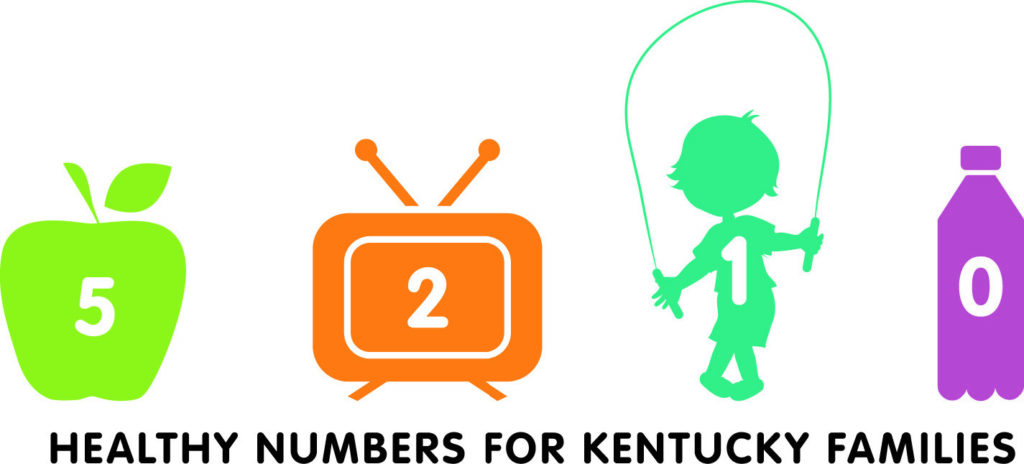
FRANKFORT Today’s children are faced with many challenges that contribute to overweight and obesity. These include eating low amounts of fresh fruits and vegetables, spending too much time watching electronic screens (TV, computers, video games, smartphones), not getting enough physical activity, and drinking too many sugar-sweetened beverages.
5-2-1-0 is a simple approach that can help our children develop better living patterns that can reduce the risks of obesity as they grow. Each number correlates with an action, and the combination of those actions can help prevent obesity and create a foundation for healthier living.
5 is the number of servings of fruits and vegetables children should be eating daily. Fruits and vegetables are a great way to get vitamins, minerals, fiber, and even water. The added fiber provides a feeling of satisfaction and fullness without the added calories. It is easy to incorporate fruits and vegetables at every meal and as a snack. For example, some fresh fruit with yogurt for breakfast or a fruit cup with no added sugar for a snack, are excellent ways to sneak some nutritious options in. Dinner can also be a time to add a salad or a couple of sides of vegetables to supplement the main course. Don’t worry if kids are not immediately excited about vegetables – keep offering them and modeling healthful eating patterns.
2 is the number of hours spent on recreational screen time. Two hours or less should be spent using computers, smartphones, tablets, television and video games. Using a timer may be a good strategy to avoid arguments about time spent on devices. Other engaging activities like board games or discovering a fun hobby can reduce screen time. This can also be a time to engage in physical activity, which leads us to our next number.
1 is the minimum number of hours spent on physical activity. Physical activity raises the heart rate above the resting rate and helps the body to develop lung capacity, muscle mass, and bone density. This can be achieved with structured play, such as organized sports or other planned physical activities. Free play should also be encouraged, allowing kids to explore what makes them want to move more, such as an impromptu game of tag or hide and seek. Not every child is able to participate in team sports, so it is important to see what type of activities the child is interested in and just try some different things. It is their future, and we must be intentional to set the stage for their success. If one thing doesn’t seem to interest the child, it is OK to move on to something different. For more age-appropriate guidance, the Society of Health and Physical Activity Educators (SHAPE) offers resources geared toward infants, toddlers and preschoolers at Kyshape.org and shapeamer-ica.org/standards/guidelines/activestart.aspx.
0 is for zero sugar-sweetened beverages. These include soda, fruit juices, sports drinks, and any beverage that has been sweetened with syrups such as high-fructose corn syrup or sugar. The consumption of these beverages adds a lot of excess calories to a child’s diet, along with a risk of dental decay. This puts children at increased risk for type 2 diabetes and tooth loss, as well as other long-term health issues such as heart disease. Childhood obesity can lead to arthritis and joint damage in adulthood.
It is important to acknowledge, per the U.S. Centers for Disease Control and Prevention, that the goal for children who are overweight is to reduce the rate of weight gain while allowing normal growth and development. Children should NOT be placed on a weight reduction diet without the consultation of a health care provider.
5-2-1-0 is a great start to setting children up for a lifetime of good health.
For more information on how to help children maintain a healthy weight, please visit the following CDC website: cdc.gov/healthyweight/children/index.html.
Brian Boisseau is program manager for Physical Activity and Nutrition Program at the Kentucky Department for Public Health.
He can be reached at brian.boisseau@ky.gov.




